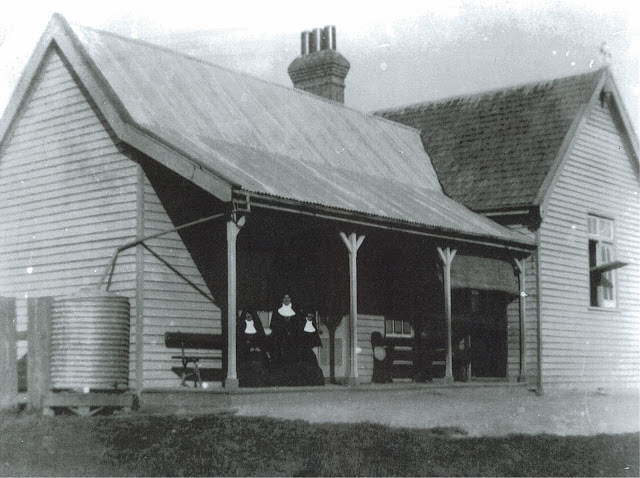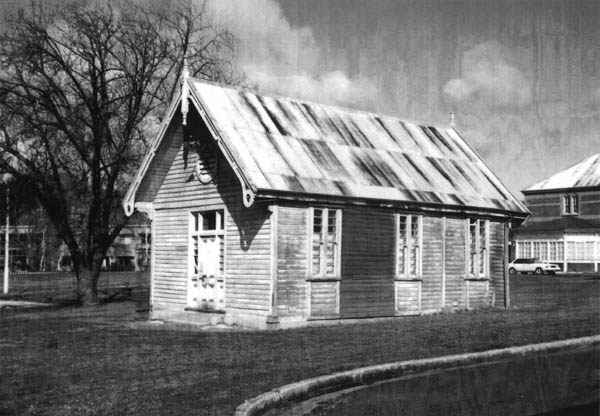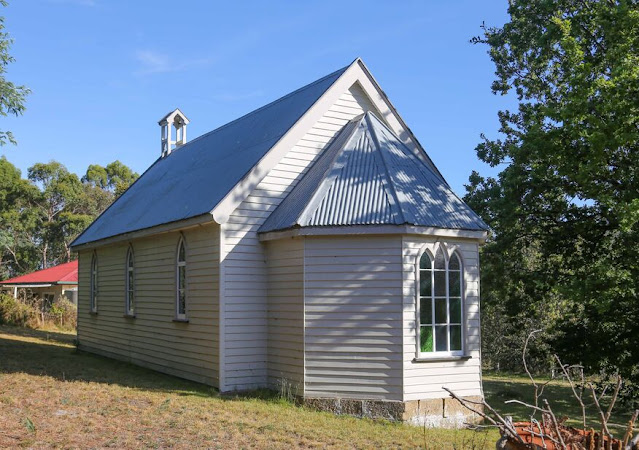No. 1484 - Gowrie Park - Non-Denominational Church Hall (1966-1974)

Gowrie Park is a former village built by the Hydro Electric Commission to house workers constructing the Mersey-Forth Hydro-Electric Power Development Scheme. Gowrie Park is located on the Claude Road about 15 kilometres south west of Sheffield Tasmania’s vast hydro-electric scheme dates back to 1914 when the Tasmanian Government bought a small electricity company in financial difficulty and created the Hydro-Electric Department. The first power station at Waddamana in the Great Lake Power Scheme was opened in 1916. Over a period of 80 years, 30 power stations and 54 major dams were built. Construction camps and villages were built to support major projects and during this period 10 villages were established, most of which had a full social infrastructure including a school, public hall and a church. After the Second World War, large numbers of migrants were recruited to construct dams and power stations. This brought English, Polish, German, Italian, Scandinavian and other migrants to...














